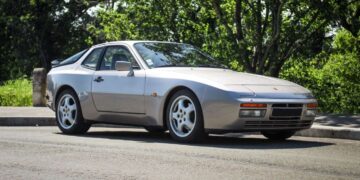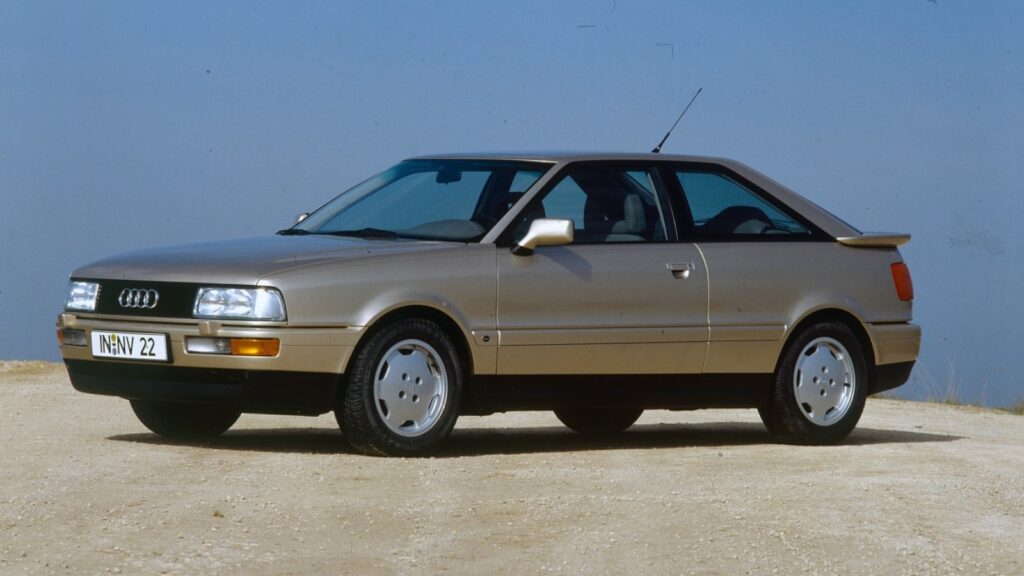Classical automobiles are becoming increasingly popular as investments. Not every classic car is suitable as a strategic investment, of course. The growth rates for grandfather’s old Opel Rekord Diesel are limited. Former mass-produced cars such as the VW Golf II or Audi 80 (B3, B4) are not becoming sought-after classics simply because of their age.
A Golf with plenty of horsepower under the hood, by contrast, is attractive, for instance, as a GTI. And not every Audi 80 is a bore either. For one, the coupe version of the B3 has become highly sought-after among collectors. The result: The Audi Coupé Quattro 2.3 20V (1988 to 1992) market value has nearly doubled in the past five years.
Generally nippy youngtimers from the late 1980s and early 1990s have recently seen particularly strong increases in value. Why are models like the BMW 5 Series E34, Mercedes W124 or even the Volvo 850 T5-R so attractive?
On the one hand, this is because those who thought these cars were great in their youth want to buy back a piece of that youth – and are now financially able to do so. For these customers, it’s all about the driving pleasure and not about tinkering with the old darlings themselves. They’d therefore rather buy a car in good condition now and pay more money for it than if in a few years there are only restoration objects left on the market.
Automobiles from the 80s and 90s not only stand for driving fun; they are also suitable for everyday use and relatively wrench-friendly. Starting in the noughties, many models went into electronic overkill. In the following are seven classics that have seen particularly strong gains in value over the past five years.
Both the sleek Audi coupe and the convertible are based on the Audi 80 (B3) introduced in 1986. This model became a real endurance runner with a fully galvanized, rust-tuned body and robust technology. Many saloons are still regularly on the road today. The coupe presented in 1988 took over the technical advantages of the B3 but was much snazzier in appearance. The shorter wheelbase, in particular, makes the two-door model more dynamic. In addition, there is a chic hatchback with a spoiler.
The coupe can already be cruised casually with the two-liter four-cylinder engines (113 and 115 hp). An Audi specialty at the time was the five-cylinder. Its sonorous 2.3 E produces 133 hp. The power unit with four valves per cylinder is even more enjoyable. Under the hood, the 2.3 20V has 170 hp (later 167 hp). For a midsize Audi, that is an enormous amount of power 30 years ago. And many a Mercedes or BMW driver looks irritated when overtaken by the initially inconspicuous coupe.
You have to watch out for this:
- There is hardly any rust. If it does, it indicates accident damage.
- Sedan body parts don’t fit because of the different wheelbase.
- Wearing parts come from the well-stocked VW Group shelf.
- A nice alternative to the rare 2.3 20V is the 2.8 E with a six-cylinder (174 hp).
Also Read:


















































Discussion about this post